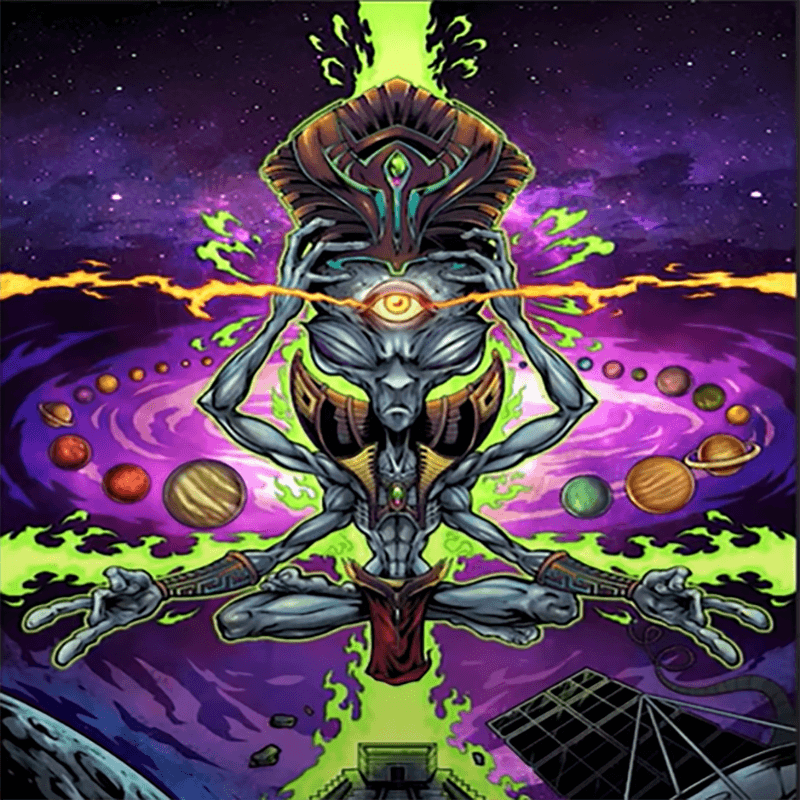Wacom Cintiq Pro 24″ Review
Brian Allen2023-06-14T13:55:09-04:00Professional Illustrator Brian Allen reviews the new Wacom Cintiq Pro 24" (non-touch). I have been using the new [...]
Professional Illustrator Brian Allen reviews the new Wacom Cintiq Pro 24" (non-touch). I have been using the new [...]

Official webinar hosted by Clip Studio Paint (Manga Studio 5), Graphixly, and Wacom. I who you how to [...]
The new Wacom Cintiq Pro 24" (non-touch) is the perfect tablet for digital artists. The new Wacom [...]
My in-depth review of the custom stickers I ordered from Vinyl Disorder, custom car and wall vinyl graphics
Speed-Inking Tutorial video I created for the process of digitally inking an album cover for the Brazillian band John Wayne in Manga Studio 5 (Clip Studio Paint) with a Wacom Cintiq 24HD.
A review of Manga Studio 5 showcasing the features that are better than Adobe Photoshop for digital drawing and painting by illustrator Brian Allen
In-depth review of the Wacom Cintiq 24HD, my favorite drawing tool.
I purchased the Cintiq 12WX in July 2011, and thought I should share my review. I beat [...]